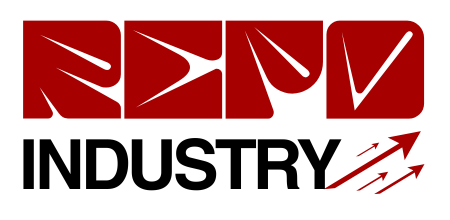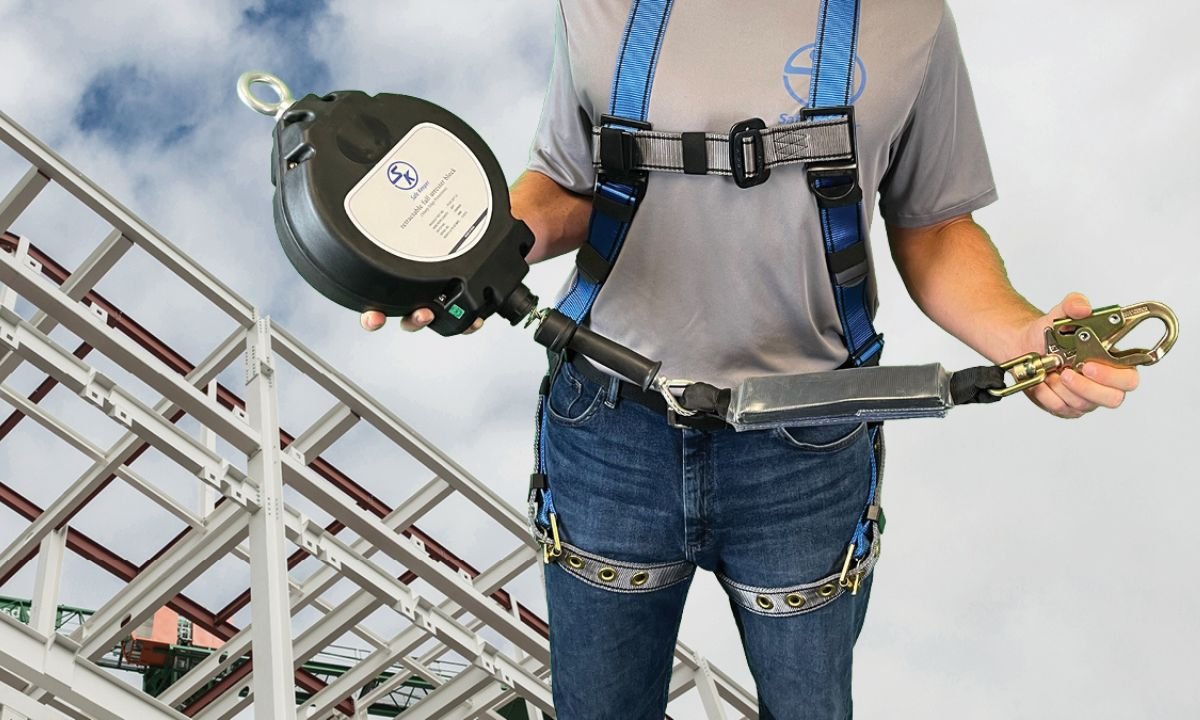Introduction
Work safety is an essential priority across industries. One of the most significant risks workers face is accidental falls, which can often lead to severe injuries or fatalities. Fortunately, safety harnesses play a crucial role in minimizing these risks. These tools are not just a requirement in many workplaces—they represent a commitment to protecting employees and creating a safer environment.
This blog dives deep into the concept of workplace fall protection, sheds light on the role of safety harnesses, and provides actionable insights for employers and safety managers. Whether you’re in construction, industrial work, or safety management, this is your comprehensive guide to keeping your team secure.
Understanding Workplace Falls
Statistics and Common Causes of Workplace Falls
Falls rank as one of the leading causes of workplace injuries globally. According to OSHA (Occupational Safety and Health Administration), falls accounted for 36.4% of all workplace deaths in the construction industry in 2022.
Common causes of workplace falls include:
- Slippery or uneven surfaces
- Lack of proper edge protection
- Poor lighting in hazardous areas
- Improper use of ladders or scaffolding
Industries Most at Risk of Fall-Related Injuries
Some industries face a higher risk of fall-related injuries due to the nature of the work involved, including:
- Construction: Working at heights on scaffolding, ladders, or roofs
- Manufacturing: Falls from elevated surfaces such as machinery platforms
- Oil and Gas: Slippery walkways and elevated work zones
- Warehousing: Elevated shelves and platforms pose high risks
Addressing these risks begins with proactive safety planning and investing in proper fall protection systems, like safety harnesses.
Role of Safety Harnesses
How Safety Harnesses Prevent Falls
A safety harness distributes the force from a potential fall across the body, reducing the risk of injury. By anchoring workers securely, they act as a secondary line of protection in hazardous environments such as high platforms or suspended workspaces.
This critical piece of equipment can save lives by:
- Preventing workers from reaching dangerous edges or surfaces
- Reducing the impact in the event of a fall
- Supporting rescue efforts quickly and efficiently
Types of Safety Harnesses and Their Uses
Different safety harnesses suit different job environments. Here are the most common types used across industries:
- Full-Body Harness: Offers complete fall protection by distributing impact force across the shoulders, thighs, and pelvis. Ideal for construction and height work.
- Chest Harness: Provides upper body restraint for activities like scaling or confined spaces.
- Suspension Harness: Allows workers to comfortably hang or work at heights, commonly used by window washers or tower technicians.
- Positioning Belt: Keeps workers securely in place in tasks such as pole climbing.
Choosing the right harness ensures optimal safety for specific job requirements.
Regulatory Requirements
Overview of OSHA and Other Regulatory Bodies
Workplace safety is not just a best practice—it’s a requirement. Regulatory bodies like OSHA (in the United States) and ISO 45001 (global standards) set clear guidelines for fall protection to ensure worker safety.
Key OSHA guidelines include:
- Ensuring fall protection systems for employees working at heights of six feet or more.
- Providing appropriate safety training and equipment, including harnesses.
- Conducting regular inspections to ensure compliance.
Non-compliance can lead to hefty fines, reputational damage, and more importantly, risks to worker safety.
Importance of Regulatory Compliance
For employers, staying compliant with safety regulations protects employees and safeguards the business from legal and financial consequences. Regular audits, training sessions, and adherence to safety standards create a culture of safety and accountability.
Choosing the Right Harness
Factors to Consider When Selecting Safety Harnesses
Not all harnesses are created equal. Factors to keep in mind when selecting one for your business include:
- Material Quality: Opt for durable, wear-resistant materials for long-term safety.
- Weight Capacity: Ensure the harness supports the user’s weight comfortably, including tools.
- Adjustability: Look for harnesses with adjustable straps for a secure fit.
- Certifications: Verify compliance with OSHA or international safety standards.
Importance of Proper Training in Harness Use
Even the best safety harness is ineffective without proper training. Workers must learn how to visually inspect for damages, fit the harness correctly, and attach it to anchors securely. Regular training boosts confidence and ensures consistent use in the workplace.
Real-Life Examples
Successful Fall Protection Implementation
Case Study 1
A leading construction company in Texas implemented an advanced fall protection system, complete with full-body harnesses. The result? A 60% decrease in fall-related injuries over 12 months. Workers expressed greater confidence, and workplace culture improved dramatically.
Case Study 2
A manufacturing plant in Ohio incorporated additional training on proper harness usage. Within just three months, employee compliance doubled, significantly reducing safety violations and potential hazards.
Future of Fall Protection
Innovations in Fall Protection Technology
Emerging technologies are revolutionizing workplace safety. Innovations include:
- Smart Harnesses: Equipped with sensors to alert workers about improper use or wear and tear.
- Automatic Fall Detection: These systems immediately notify rescue personnel in the event of a fall.
- Lightweight Materials: Advances in material science are creating harnesses that are lighter yet equally durable.
The Evolving Landscape of Workplace Safety
With increasing awareness and regulatory action, workplaces across industries are prioritizing safety like never before. Implementing robust fall protection measures is no longer optional—it’s an integral part of business success.
Safety is Non-Negotiable—Act Today
Work safety isn’t just about compliance; it’s about valuing your people and creating an environment where they can thrive. Safety harnesses are a crucial tool in preventing workplace injuries. By choosing high-quality equipment, adhering to regulations, and prioritizing training, employers can protect their teams and boost morale.
For more insights on workplace safety and tools to reduce risks, explore our blog. Your team deserves the best protection—make safety your top priority today!
A commitment to workplace safety is a commitment to your team’s well-being and success. By proactively addressing hazards and investing in the right tools and training, you create a culture that values health and security. Remember, a safe workplace is a productive workplace. Take action today to ensure every employee feels supported and protected—because safety is everyone’s responsibility.
YOU MAY ALSO LIKE
Malia Manocherian: Shaping the Future of Real Estate
FAQs
1. What is the purpose of a safety harness?
Safety harnesses prevent injuries from falls by securely anchoring workers and distributing the impact across the body during a fall.
2. When is a safety harness mandatory?
A safety harness is mandatory for workers exposed to heights of six feet or more, as per OSHA regulations and similar global standards.
3. How do I check if a safety harness is compliant?
Ensure the harness displays certifications approved by OSHA or ISO safety standards. Always purchase from reputable manufacturers.
4. How often should safety harnesses be inspected?
Inspect safety harnesses before each use. Additionally, conduct a thorough inspection every six to twelve months by a qualified professional.
5. Are there penalties for not using safety harnesses at work?
Yes, failure to comply with regulatory requirements can result in hefty fines and workplace incident liabilities, not to mention workers’ safety risks.











